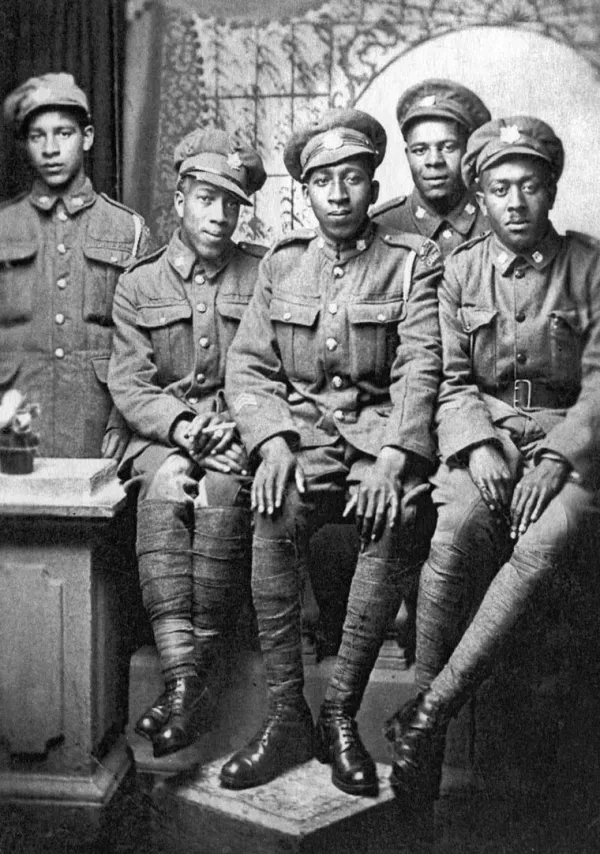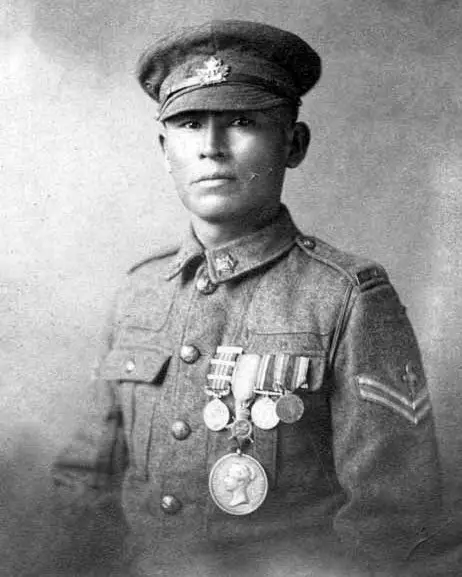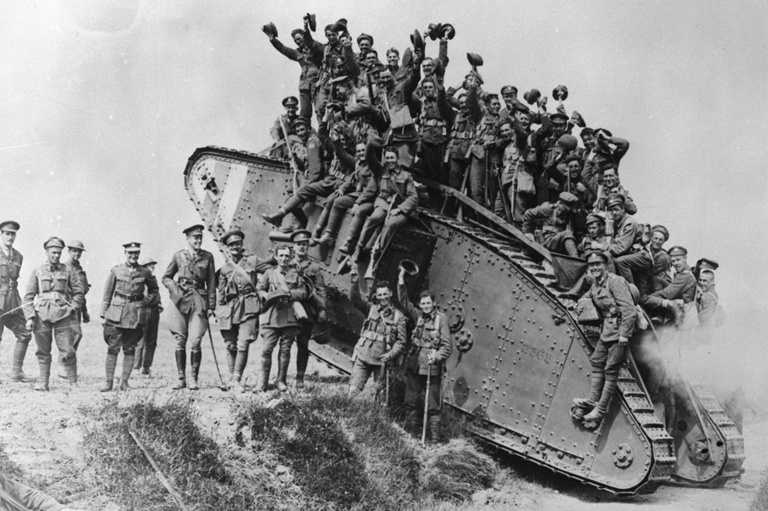Student Space
Explore Resources For Students



Student Space
Explore Resources For Students



PROJECT DESCRIPTION
_
The recent digitization of upwards of 660,000 military personnel files at Library and Archives Canada gives families, community members, and researchers the chance to reconsider the experience of individuals who joined the Canadian Expeditionary Force (CEF) more than one hundred years ago. These detailed personnel files reveal much about the period and allow us to consider similarities and differences in their encounters within military service with the CEF. The demographic and familial data in personnel records offers connection to other archival collections and a variety of ways of knowing about the past.
This project enables students, educators, and community members to explore the history of the CEF in the First World War. Our Gregg Centre team has worked with Canadian military personnel files from the First and Second World War for decades. This project expands on that expertise to examine themes of anti-racism, reconciliation, and gender inequity to raise awareness and forge a stronger future.
Connect with us to get involved or click here for further instructions.

Project Goals
The project aims to enhance understanding of the First World War through military personnel files from Library and Archives Canada, highlighting systemic racism, discrimination, and gender inequality. It invites educators and learners to explore these themes with respect to military service .
>> Provide Education Opportunities
>> Community Partnership
>> Reconciliation
>> Gender Inequality
>> Anti-Racism